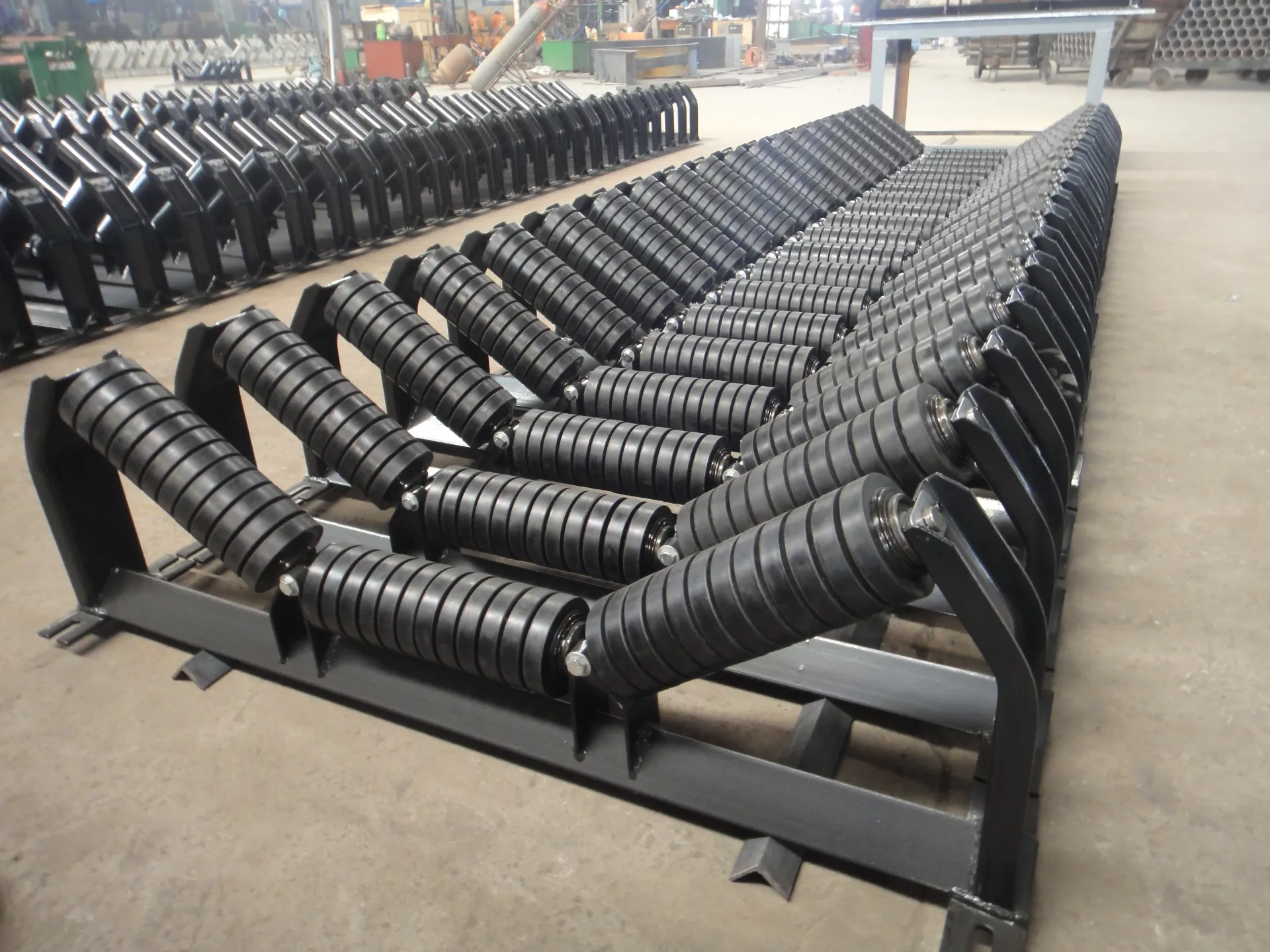 Afrikaans
Afrikaans  Albanian
Albanian  Amharic
Amharic  Arabic
Arabic  Armenian
Armenian  Azerbaijani
Azerbaijani  Basque
Basque  Belarusian
Belarusian  Bengali
Bengali  Bosnian
Bosnian  Bulgarian
Bulgarian  Catalan
Catalan  Cebuano
Cebuano  Corsican
Corsican  Croatian
Croatian  Czech
Czech  Danish
Danish  Dutch
Dutch  English
English  Esperanto
Esperanto  Estonian
Estonian  Finnish
Finnish  French
French  Frisian
Frisian  Galician
Galician  Georgian
Georgian  German
German  Greek
Greek  Gujarati
Gujarati  Haitian Creole
Haitian Creole  hausa
hausa  hawaiian
hawaiian  Hebrew
Hebrew  Hindi
Hindi  Miao
Miao  Hungarian
Hungarian  Icelandic
Icelandic  igbo
igbo  Indonesian
Indonesian  irish
irish  Italian
Italian  Japanese
Japanese  Javanese
Javanese  Kannada
Kannada  kazakh
kazakh  Khmer
Khmer  Rwandese
Rwandese  Korean
Korean  Kurdish
Kurdish  Kyrgyz
Kyrgyz  Lao
Lao  Latin
Latin  Latvian
Latvian  Lithuanian
Lithuanian  Luxembourgish
Luxembourgish  Macedonian
Macedonian  Malgashi
Malgashi  Malay
Malay  Malayalam
Malayalam  Maltese
Maltese  Maori
Maori  Marathi
Marathi  Mongolian
Mongolian  Myanmar
Myanmar  Nepali
Nepali  Norwegian
Norwegian  Norwegian
Norwegian  Occitan
Occitan  Pashto
Pashto  Persian
Persian  Polish
Polish  Portuguese
Portuguese  Punjabi
Punjabi  Romanian
Romanian  Russian
Russian  Samoan
Samoan  Scottish Gaelic
Scottish Gaelic  Serbian
Serbian  Sesotho
Sesotho  Shona
Shona  Sindhi
Sindhi  Sinhala
Sinhala  Slovak
Slovak  Slovenian
Slovenian  Somali
Somali  Spanish
Spanish  Sundanese
Sundanese  Swahili
Swahili  Swedish
Swedish  Tagalog
Tagalog  Tajik
Tajik  Tamil
Tamil  Tatar
Tatar  Telugu
Telugu  Thai
Thai  Turkish
Turkish  Turkmen
Turkmen  Ukrainian
Ukrainian  Urdu
Urdu  Uighur
Uighur  Uzbek
Uzbek  Vietnamese
Vietnamese  Welsh
Welsh  Bantu
Bantu  Yiddish
Yiddish  Yoruba
Yoruba  Zulu
Zulu conveyor drive pulley
Conveyor Drive Pulley The Heart of Material Handling Systems
In the realm of industrial automation and material handling, conveyor systems play a pivotal role in the efficient movement of goods and materials. Among the various components that make up these systems, the conveyor drive pulley serves as one of the most essential elements, contributing to the overall functionality and efficiency of the conveyor setup.
A conveyor drive pulley, commonly referred to as a drive drum or motorized pulley, is a revolving cylindrical device that is responsible for imparting motion to the conveyor belt. The drive pulley is typically located at one end of the conveyor system and is connected to a motor that provides the necessary power to propel the belt forward. This setup allows materials to be transported smoothly from one point to another, minimizing the need for manual handling.
Functionality and Design
The primary function of a conveyor drive pulley is to drive the conveyor belt—an important task that requires precision engineering and careful design. The construction of the drive pulley often consists of strong materials such as steel or aluminum, providing durability and resistance to wear and tear. There are typically two types of conveyor drive pulleys lagged and bare pulleys. Lagged pulleys have a textured surface that enhances friction between the belt and the pulley, improving grip and reducing slippage, which is crucial for heavy-duty applications.
Importance in Industry
In various industries, the effectiveness of a conveyor system often hinges on the performance of its drive pulley. The manufacturing, mining, and logistics sectors, among others, rely heavily on conveyors for material transportation. An efficient drive pulley minimizes downtime, reduces operational costs, and improves productivity. For instance, in a manufacturing plant, a poorly functioning drive pulley can lead to production bottlenecks, negatively impacting output and efficiency.
conveyor drive pulley

Moreover, the maintenance of the drive pulley is critical. Regular inspections and preventive maintenance can help in identifying wear and tear before they lead to significant failures. Ensuring proper tension and alignment is essential to maintain system efficiency and prolong the lifespan of both the pulley and the conveyor belt.
Technological Advancements
With advancements in technology, modern conveyor drive pulleys are now equipped with features that enhance their performance and reliability. Innovations such as motorized pulleys with integrated drive systems allow for smoother operation and easier installation. These systems reduce the need for external drive components, resulting in a more compact and efficient design.
Additionally, the integration of smart technologies has begun to revolutionize conveyor systems. Sensors and data analytics tools can provide real-time performance data, allowing for predictive maintenance and optimization of conveyor operations. This shift not only improves operational efficiency but also reduces the overall cost of ownership for businesses.
Conclusion
In conclusion, the conveyor drive pulley plays a crucial role in the functionality and efficiency of conveyor systems. Its design, maintenance, and technological advancements directly impact the effectiveness of material handling operations across various industries. Understanding the importance of the drive pulley not only leads to better operational practices but also encourages continued innovation in the field of material handling. As industries evolve, so too will the conveyor drive pulley, ensuring that it remains a vital component in the machinery of modern logistics and manufacturing.
-
Revolutionizing Conveyor Reliability with Advanced Rubber Lagging PulleysNewsJul.22,2025
-
Powering Precision and Durability with Expert Manufacturers of Conveyor ComponentsNewsJul.22,2025
-
Optimizing Conveyor Systems with Advanced Conveyor AccessoriesNewsJul.22,2025
-
Maximize Conveyor Efficiency with Quality Conveyor Idler PulleysNewsJul.22,2025
-
Future-Proof Your Conveyor System with High-Performance Polyurethane RollerNewsJul.22,2025
-
Driving Efficiency Forward with Quality Idlers and RollersNewsJul.22,2025





























